No matter if you’re looking to become more self-sufficient or full on prepared for a natural or man-made disaster, these 16 pioneer tools are essential to survival. I also believe they’re essential in learning to get back to the old ways and skills our pioneer forefathers knew, and backing out of the fast-paced hectic life encroaching on society today. Call me a lover of all things old-fashioned and pioneer, because this modern day homesteader might need that painted on a piece of barn wood and hung by my front door.
16 Pioneer Tools You Need to Survive
-
A fire starter. A fire is key for warmth, cooking, purifying water, and keeping wild animals at bay. Lighters run out of lighter fluid and matches must always be replaced. Learning how to start a fire with old-fashioned methods or a striker fire starter will benefit you for years to come. These can be taken on the trail, camping, and used at home.
2. Heirloom garden seeds. The pioneers didn’t have grocery stores to run to with pretty packages of garden seeds lined up on a rack. They saved their garden seed every year and would swap with neighbors if they spied a new or different variety of vegetable they wanted to grow.
They knew which seeds needed to be fermented in order to be viable the next year, which ones would cross-pollinate, and which ones could be saved as they were on the vine. There were no fears of GMO’s and commercial hybrid seeds that are generally unable to germinate, and if they do, revert back to one parent gene or the other, resulting in a different variety all together (and often not a very palatable one at that… ask me how I know).
Our family has been seed saving our own strain of Tarheel green bean seed for near over a hundred years as best I can tell. Want to learn how to save your own seed? Here’s how to save and store bean seed.
3. A hatchet or ax. From splitting logs for a fire or falling trees to build a shelter, a hatchet or ax is an important part of every pioneer’s arsenal. In a pinch, you can even use the back side of a hatchet as a hammer.
4. Wheat grinder/home flour mill. The pioneers grew their own wheat and ground it into flour. If you own a wheat grinder, you can also grind up oatmeal, buckwheat, and other grains along with wheat to make different flours.
Ground flour has a short shelf life when we’re talking beyond six months. Wheat berries, when properly stored, can be stored for years. Plus, flour ground at home is healthier than the store because it contains all part of the wheat berry.
Knowing which home flour mill is right for you and your circumstances is important. If you want to be able to grind nuts and oily products, it’s important you get the right kind of mill. Here’s how to choose which type of flour mill is right for you and how to grind wheat.
5. Cast iron skillet. Cast iron cookware was something every pioneer home held. Cast iron can go from cook stove top, wood stove, oven, grill, and even the open fire. It’s durable and if taken care of, you’ll never have to replace it and can pass it down to your children and grandchildren.
Seasoning is key. When you’re done cooking, rinse out your pan with hot water (never pour cold water on a hot pan, it can crack), if food still remains, scour it out with some coarse salt. Rinse clean, dry, and rub a thin coating of oil into pan. Store in a dry location until your next use. Read about how to clean rusty cast iron here.
To season, smear a good layer of coconut oil or lard onto your pan. Preheat your oven at 400 to 500 degrees and place pan into the oven for an hour. Allow to cool and wipe off any oil residue. Seasoning allows the oil to soak into the nooks and crannies of the cast iron creating a smooth finish.
6. Dutch oven. A Dutch oven allowed the pioneers to cook anything they would in a regular oven while on the move or before an oven could be built or delivered from back east. We use our Dutch ovens all the time. I swear bread tastes better when baked in it.
A Dutch oven is also useful when you don’t want to heat up the house or your power goes out. We have Saturday night Dutch oven cook off’s while camping with family and friends. Everyone must cook in a Dutch oven and then we vote on the best dish. It’s often hard voting because everything tastes better when cooked outside.
7. Sourdough starter. That little packet of yeast you purchase in the store wasn’t invented until the 1940’s, plus, it expires or loses its punch… er, rise. Natural or wild yeast is what our ancestors used to bake bread. Been hearing about the health benefits of soaked flour?
That’s sourdough baby. You can purchase sourdough starters, but you can do it the pioneer way at home with just flour and water and few simple tips to ensure success. Here’s a free video to make your own sourdough starter and some recipes to get you cooking.
8. A good knife set. A sharp knife will serve you well. From a pocket knife for little chores to your kitchen knives. I recommend a good boning knife for filleting fish and cutting up a whole chicken. The pioneers also trapped or shot much of their own food, so a curved skinning knife is also one to consider. Make sure you have a whet stone or way of sharpening your tools.
9. Hunting rifle. Again, this one is going to require proper practical skill. You’ll need to take a hunter’s safety course and if you want your aim to be good enough to bring down an animal for food, you’ll need to practice often.
I know how important it is to go through training.
10. Dried herbs. Herbs were used for teas and medicinal purposes, from making tinctures to poultices when injury or sickness fell. Usually doctors were hard to come by when on the trail and the unsettled towns of the west. The pioneers knew which homeopathic methods helped them through various illnesses and would have brought dried herbs for their journey, with a bit of the seed to plant when they reached their destination. Their pharmacy was usually the garden outside their front door.
A few favorites are plantain and comfrey. Comfrey promotes healing and was often used as a poultice.
11. Bucket. A lowly bucket was used to carry water and could also be used as a makeshift wash tub. The bucket could be put to use carrying food or to help put out a fire. One of the most used tools on the wagon trains west was a bucket.
You can use a large branch to balance two buckets on each side creating a yoke, allowing you to carry heavier loads.
12. Basic sewing kit. A needle and thread were needed to repair garments and ripped seams. Scissors were needed to cut fabric and patterns to make new clothes. A needle and thread could also be used to sew up a wound as well as work a quilt to keep a body from freezing on cold nights.
13. Rope. A rope was important to tie things down during storms, use as a makeshift clothesline, or to drag something too heavy to carry. Rope could be used to make shelters as well.
14. Oilskin. An oilskin could be used to create a shelter or tent or used as a blanket in a storm. It can be spread on the ground to create a barrier as well, or to wrap around goods that are perishable when wet.
15. Alcohol. Many a good pioneer woman kept a bottle of alcohol to cleanse a wound and for medicinal purposes. It was also an excellent item for bartering. Alcohol is also an excellent item to use in preserving food.
16. Washboard. Clean clothes aren’t perhaps necessary to survival, but they definitely make it more pleasant for everyone. A washboard was used to scrub the clothes on. In a pinch, you could also use clean medium rocks, but a washboard could be hung or easily tucked against the boards of the wagon, making it something any pioneer woman would want to take with her.
Start now to make sure you are staying prepared.
Via: theprepperproject




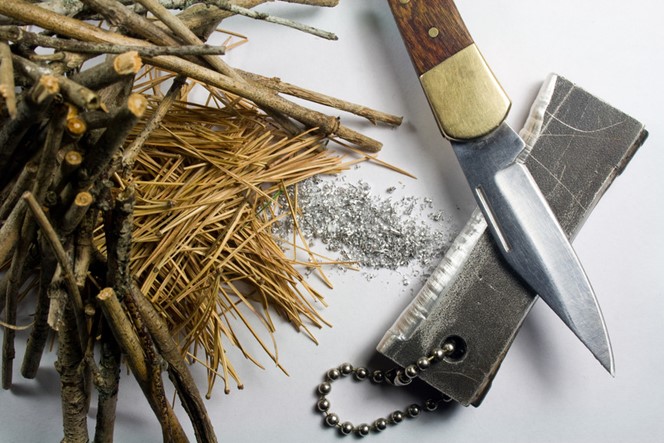
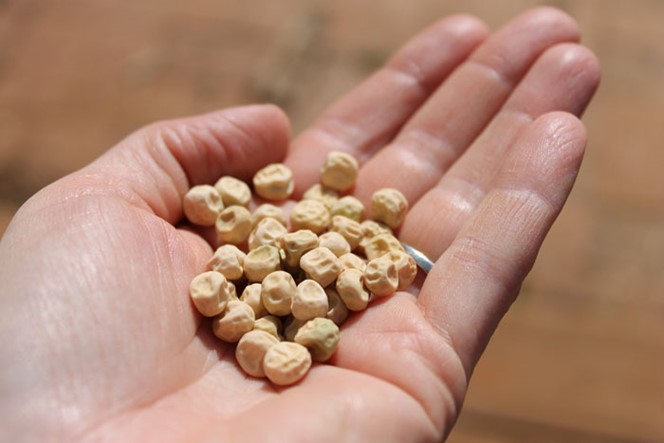
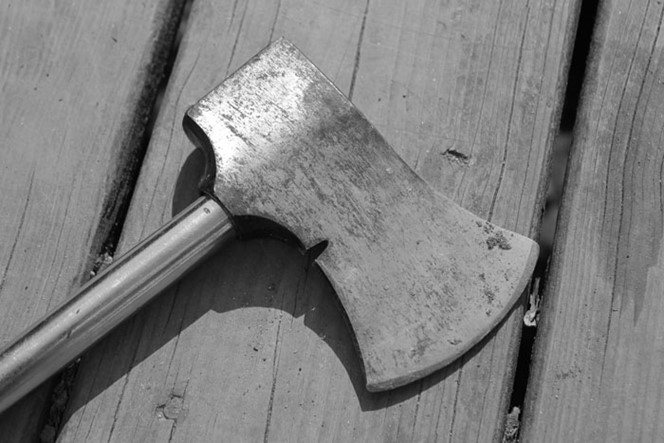
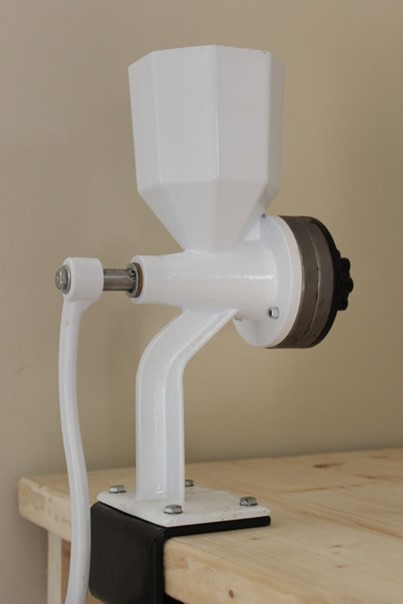
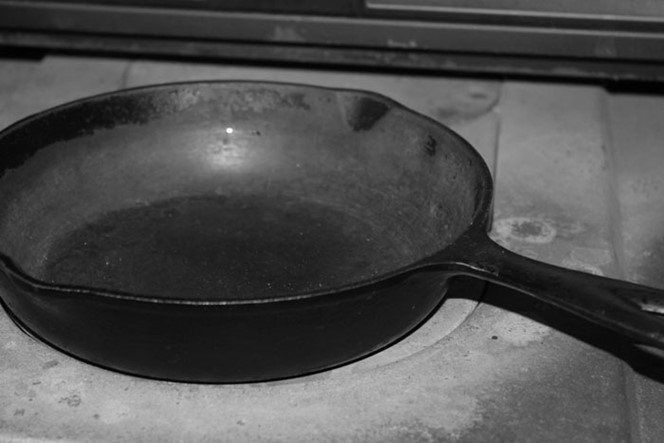
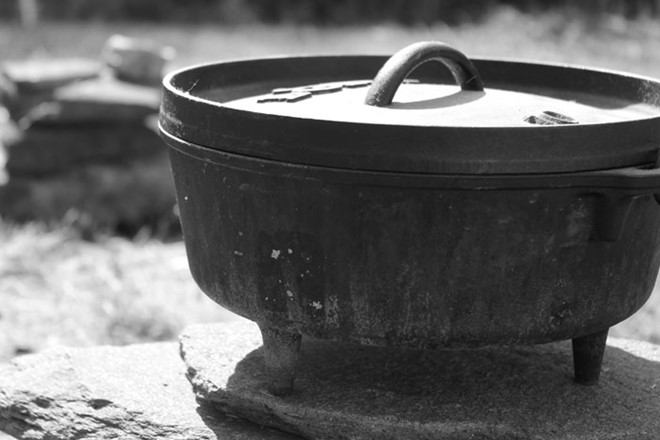
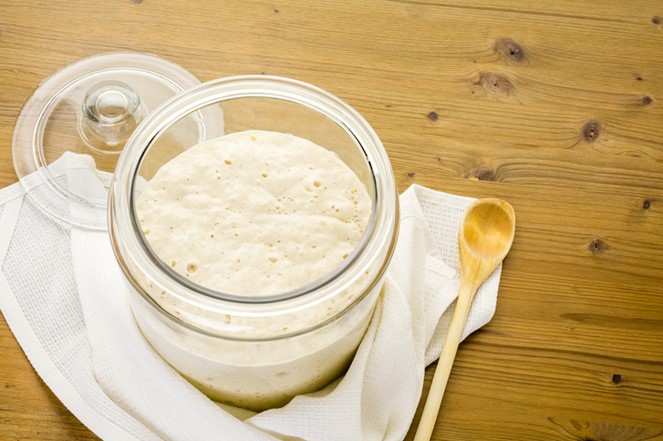
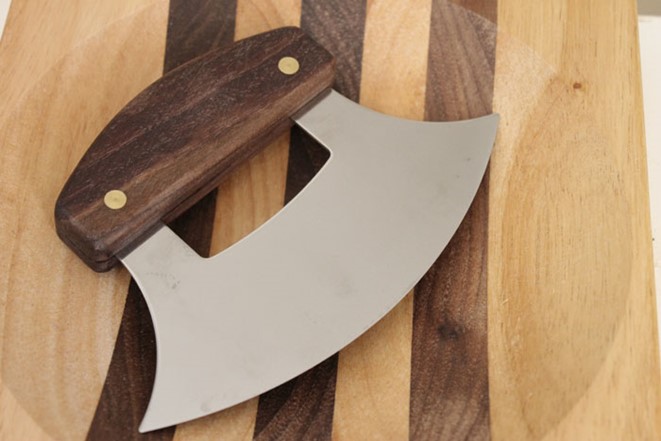
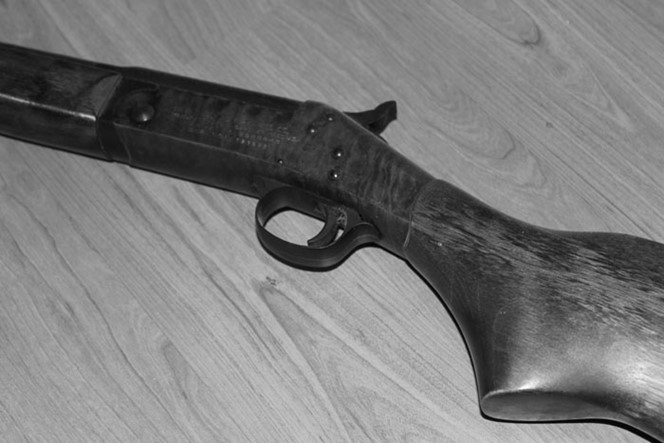
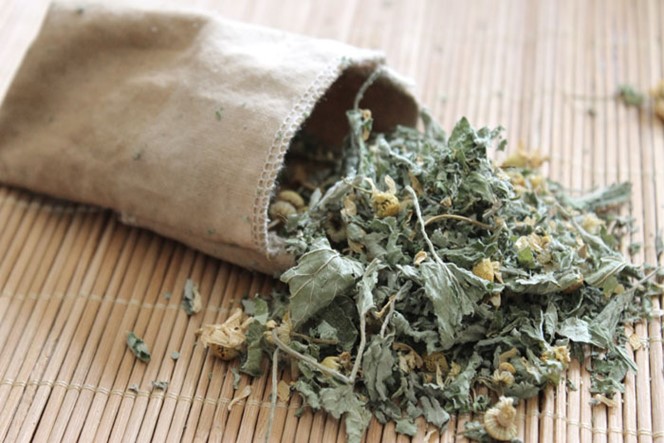
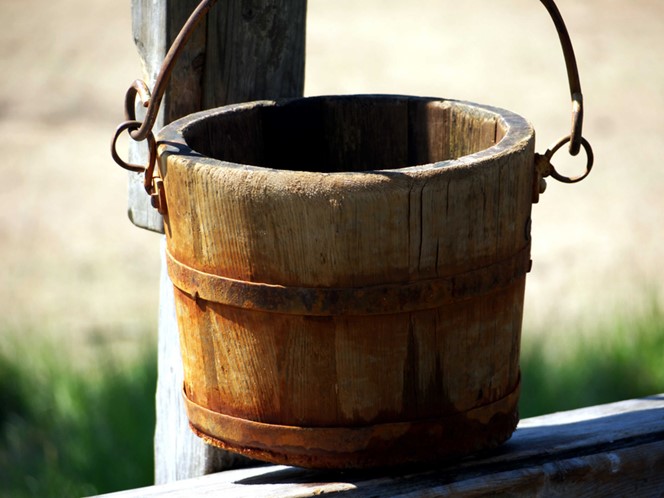
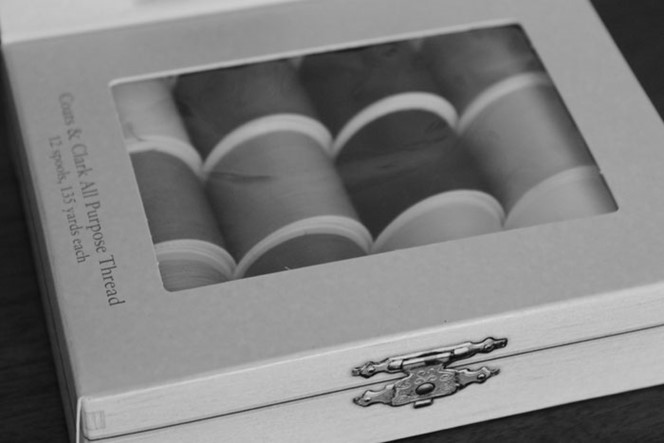
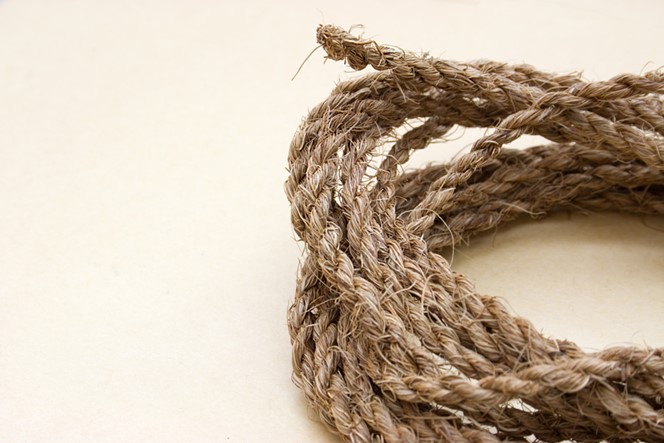
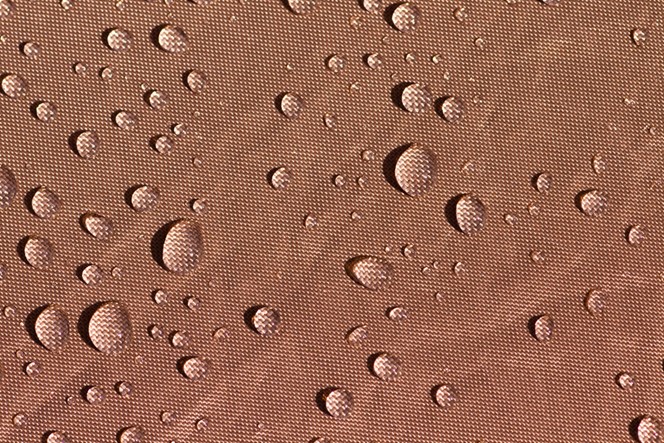
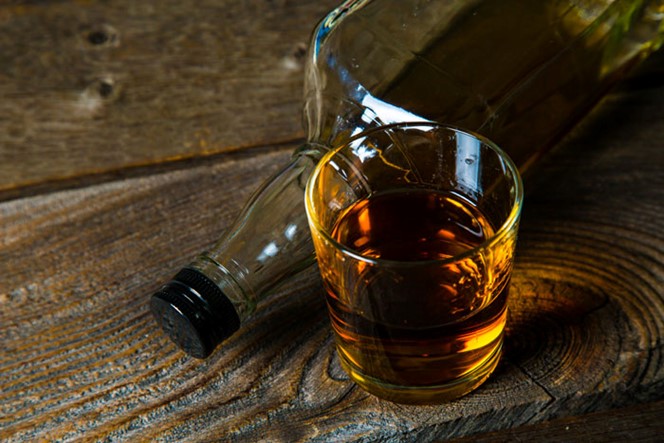
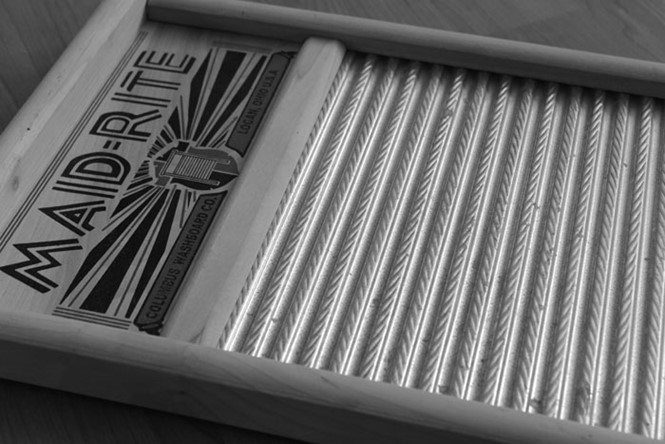
 Follow
Follow
Leave a Reply